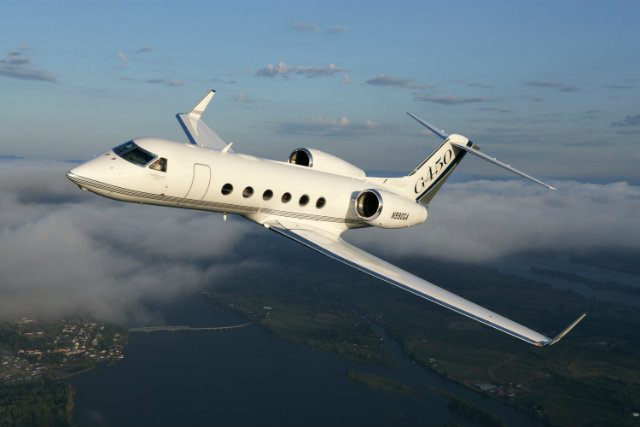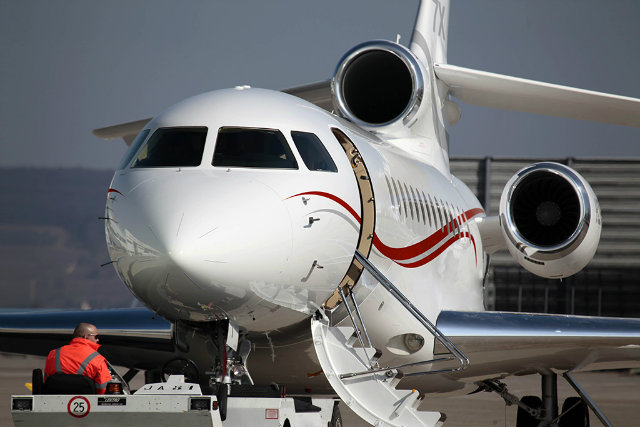Throughout 2015, the large-cabin, long-range business jet segment showed some serious signs of weakness in light of slowing demand from an emerging markets slowdown and reduced orders from oil-producing countries, according to Flightglobal’s Ascend consultancy. This also triggered a slump in the residual values of many established models in this niche sector, it says.
In its latest ViewPoint newsletter, Ascend highlights a 16% year-on-year decline in the market value of the Gulfstream G550, and a similar fall in value during the same period of its smaller, large-cabin stablemate the G450.

Gulfstream Aerospace
Bombardier’s top-of-the-range Global 6000 and 5000 fared better in 2015, says Ascend’s senior consultant and newsletter author Daniel Hall, but “G650 [prices] took a 10% hit and the Dassault Falcon 7X [values are] down 9%, year-on-year.”
In comparison, Bombardier's Challenger 604 performed relatively well, with values falling by only 6% in 2015, compared with the previous 12 months, but its newer sibling, the 605, “saw an 18% hit,” says Hall.
Ascend attributes the steep value decline to the size of the global inventory and the age of the aircraft.
“Models such as the G450 and G550 may meet the so-called [historical] ‘10% for-sale metric’,” says Hall, “but they are plagued by high absolute numbers of aircraft for sale."

Dassault Aviation
A similar picture is emerging for 10-year-old, top-end jets. For example, a 2002-built Global Express, the first iteration of the Global 6000, would have been valued at $27.5 million in 2012. Three years later, a comparable example was worth $18 million. Likewise, the market value for a 10-year-old Embraer Legacy 600 has fallen by 40% over the same period, Hall reveals.
A one-year-old G550, meanwhile, was worth $30 million in 2013, but today would trade for around $22 million. “The G450 has trended in a similar fashion,” says Hall.
Source: Flight International























